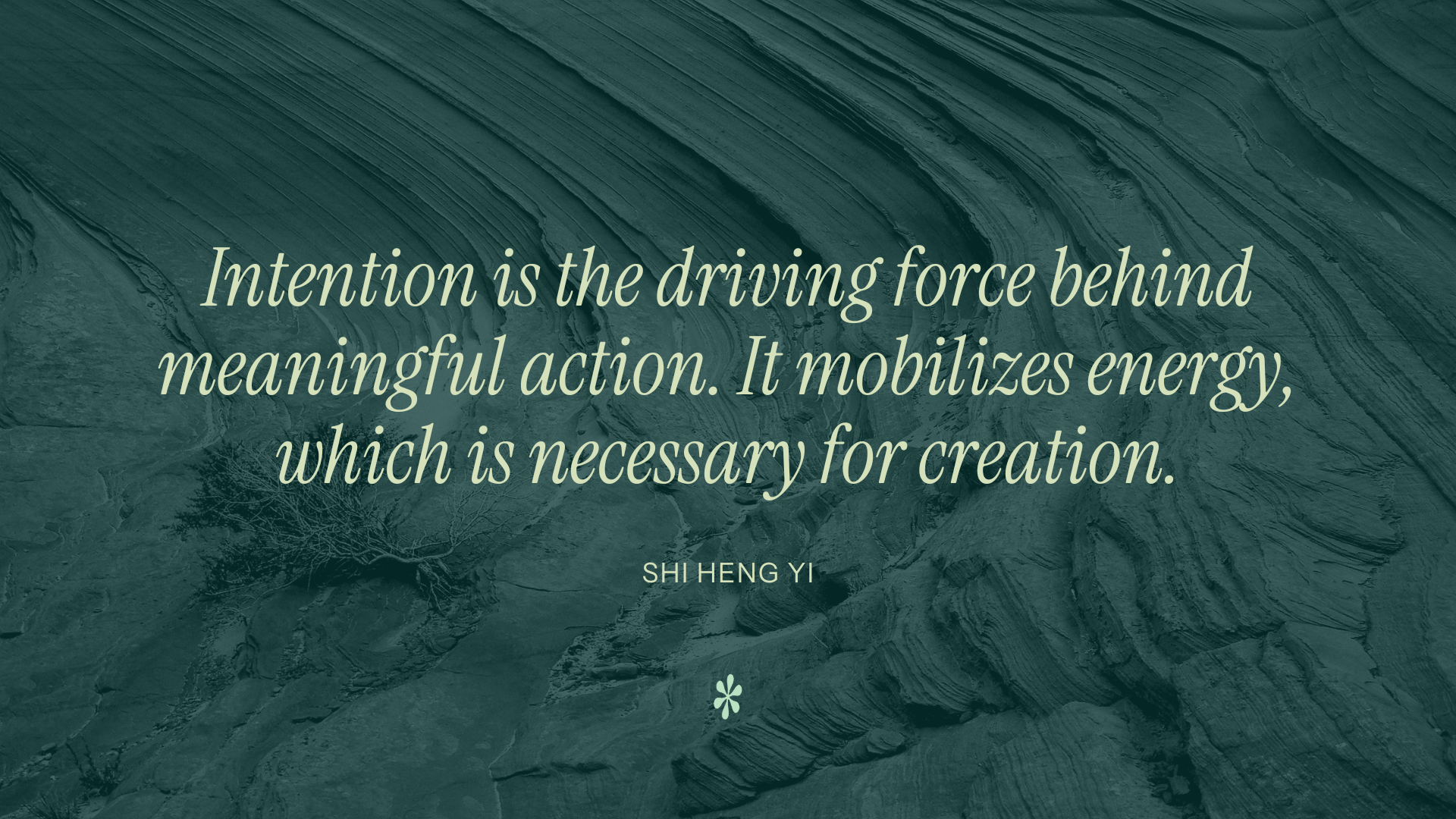
Breaking Free from Hustle Culture
The fast-paced demands of modern marketing often feel like a relentless race for visibility and growth. But for many entrepreneurs, especially those who are neurodivergent or recovering from burnout, this speed and intensity can become overwhelming, draining both energy and creativity.
I used to be caught in that cycle—constantly creating, pushing content, and reacting to market or algorithmic demands. But it left me feeling empty and disconnected from the work I once loved. It wasn’t until I discovered the concept of slow marketing that things began to shift. Slow marketing gave me permission to create on my terms, honoring my body’s rhythms and focusing on long-term sustainability over short-term gains.
Discovering Slow Marketing: A Path to Autonomy and Joy
One of the most powerful lessons I learned on my slow marketing journey came unexpectedly, through a blog post I wrote about zine-making through my art pursuits. I wasn’t chasing visibility; I was simply expressing something I loved. But to my surprise, the blog post gained traction, was shared by a professor with their students, and became a resource in a university setting.
What struck me was that the success of this blog post wasn’t because I followed a formula for SEO or high visibility—it was because I brought my authentic self into the content with focus. I shared my personal connection to zine culture, its global history, and how it intersected with my artistic practice. The more I reflected on this, the more I realized that creating from a place of joy and authenticity was far more powerful than endlessly chasing visibility.
Slow marketing became a way to honor that joy, allowing me to work at my own pace and trust that the right audience would find my content. It’s about building from a place of intentionality, not urgency.
The Challenges of Hustle: Why Fast Marketing Drains Creativity
Before embracing slow marketing, I often felt trapped in the demands of fast-paced content creation. As a neurodivergent creative entrepreneur, I found that the constant pressure to be “on” and produce at high speed pushed me into fight-or-flight mode. I found my nervous system was frequently activated, but my body wasn’t yet at the place where it could regulate with ease. It felt like marketing was an emergency — I felt so stuck in an endless cycle of reacting to trends, responding to algorithms, and juggling multiple platforms.
But in this fast pace, I lost touch with my creativity. Instead of creating with intention, I was churning out content, always worried that I wasn’t doing enough or moving fast enough. I also noticed that being visible felt unsafe, rooted in my past experiences growing up in an abusive household where attention often led to negative consequences. This created a deep fear of being seen and criticized, so I unconsciously chose to shrink away. They easy way out was to hide, I felt a lot of internal resistance if I tried to push through. And when I didn’t, I found myself in guilt and shame spirals because I felt like I was betraying myself. There was no winning either way, I found myself in a lose—lose situation.
Slow marketing allowed me to step back from that cycle, reconnect with what I wanted to share, and create in a way that felt safe and sustainable. I began prioritizing quality over quantity, focusing on what aligned with my energy and values, rather than forcing myself to be everywhere at once.
At the same time, I was on my personal healing journey to release the shame and guilt to be able to start moving with more agency and respond to my desires of building something meaningful through my passion.
Action Step
Take a moment to audit your current marketing activities. Are there areas where you’re “hustling” without clear results? Pick one area where you can slow down and take a more intentional, thoughtful approach.
Building a Marketing Rhythm That Honors Your Energy
One of the most transformative parts of slow marketing is how it allows me to honor my own energy rhythms. I have high-energy days when I’m flooded with ideas and can dive deep into projects with enthusiasm. On these days, I work with my “manager self”—a part of me that organizes and assigns tasks to help me stay on track. Together, we come up with a game plan, prioritizing what matters most and batching similar tasks to avoid context switching.
(P.S. If you have yet to develop familiarity with the many parts of you, I highly recommend jumping into the Internal Family Systems (IFS) rabbit hole when you are curious & ready.)
On low-energy days, however, I take a completely different approach. Instead of assigning tasks, I check in with how I’m feeling and ask myself, “What do I have spoons for today?” Some days, that might mean focusing on small tasks that bring me joy or curiosity, like exploring a new tool or writing something lighthearted.
This balance between high-energy and low-energy days is key to maintaining sustainability. I’ve learned that pushing through low energy only leads to burnout, while honoring those fluctuations allows me to remain consistent over the long term.
Action Step
Start a simple practice of checking in with yourself daily. Ask, “What do I have energy for today?” and allow yourself to adjust based on your needs. Try creating a flexible content calendar that reflects your energy fluctuations.
The Importance of Autonomy in Your Work
For neurodivergent entrepreneurs, the need for autonomy is vital. One of the biggest shifts in my marketing approach was realizing that marketing is not an emergency. There are no hard-and-fast rules that I can’t adjust or break. I had to remind myself that I made the rules, so I can break them too.
This autonomy means giving myself permission to miss a deadline if my energy is low, and it also means leveraging support systems like AI tools and automation. For example, I’ve built custom workflows in platforms like ChatGPT, Claude and Notion, where I document content strategies, customer journeys, and personal insights. These systems allow me to capture my ideas when I’m in a good headspace, and pick them up later when my energy allows.
By setting up personalized systems, I can maintain consistency in my tone and values without sacrificing my well-being. It’s about creating a marketing flow that works for me and catalyses my work, rather than bending myself to the demands of the algorithm.
How Slow Marketing Transformed My Visibility Journey
For a long time, I was afraid of being visible. I had internalized a fear of attention, rooted in past trauma, where visibility often led to me feeling unsafe in my own body. But slowly, through therapy and inner work, I began to recognize that this fear was holding me back—not just personally, but in my business.
I started small, experimenting with ways to feel safe in my visibility. As I took these baby steps, I realized that being seen wasn’t about being perfect or performing for others—it was about sharing my passions with those who would resonate with them. As I grew more comfortable, I also became more selective about how I showed up, ensuring that my visibility was aligned with who I am.
For entrepreneurs who struggle with visibility, I’d say this: you deserve to be seen for who you are. But it’s also essential to build safety around that visibility, whether through boundaries, community support, or internal work. The right people are waiting to connect with you and your work when you’re ready.
Action Step
If you’ve been holding back from being visible, start by sharing one small piece of your work or story. Choose something that feels safe and true to you, and give yourself time to grow comfortable with the process.
Rest, Creativity, and Sustainable Marketing
One of the most profound shifts that slow marketing has brought into my life is the integration of intentional rest and play. Some of my best ideas come to me during a walk in nature, where I feel reconnected to the world around me and reminded of what truly matters. I often record voice notes or jot down ideas that come to me during these breaks.
Rest isn’t just about checking out—it’s about checking in. Whether it’s watching Netflix, painting, or engaging in storytelling, rest is a form of play that fuels my creativity. But it’s also important to do emotional check-ins during these moments to make sure that I’m not slipping into autopilot or using rest as a way to avoid my feelings.
Play, in its various forms—painting, sports, movement—allows me to tap into my deeper intuition and bring fresh perspectives into my work. It’s in these moments that I realize marketing isn’t just about selling—it’s about sharing a piece of yourself with the world, grounded in your truth and creativity.
The Long-Term Benefits of Slow Marketing
The journey to slow marketing has taught me that success doesn’t come from constant hustle. It comes from alignment—with your energy, your values, and the work that lights you up. By pacing myself and creating from a place of joy and intentionality, I’ve not only found a way to sustain my business but also rediscovered a love for what I do.
If this resonates with you and you’re ready to explore how slow marketing can fit into your life, let’s chat. There’s a better, more aligned way to build your business—and it starts with honoring yourself.


